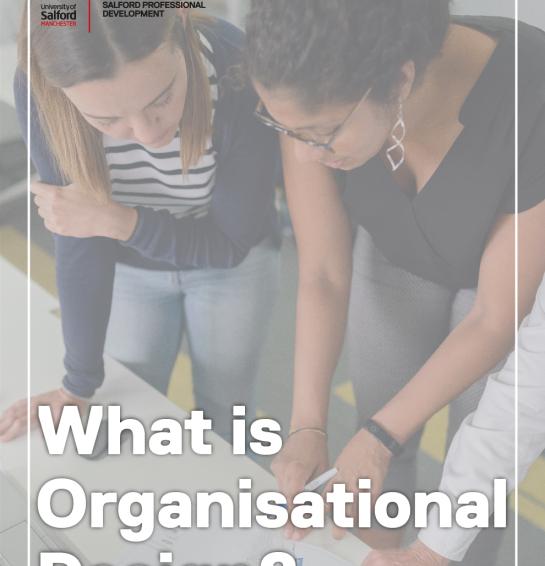What Is Organisational Design?
What Is Organisational Design?
Organisational Design is the process of restructuring existing organisational systems so that they better align with their values and strategies. This can be due to a significant growth in the business, new leadership, or environmental changes in the wider society. It involves reviewing the businesses aims and needs, analysing what’s missing from where the company wants to be and restructuring and designing the business’ practices to get to that place.
When Organisational Design is considered, this can have many positive effects such as increased profits, a more positive team structure, better communication, and the ability to plan for the business’ future easier to name a few. However, when companies fail to recognize its importance they can expect inconsistencies in the workplace, a lack of enthusiasm from their team and potentially a poor reputation from their company.
The key question is, when do we know it’s time to investigate and evaluate our business strategies using Organisational Design? Organisations with highly mature Organisational Design are 30x more likely to adapt well to change (The Josh Bersin Company, 2022) which highlights the extreme significance of making it a priority.
The environment is a colossal factor in how an organisation operates, and can include external influences including economic, legal-political, technological, socio-cultural and natural environment conditions. One example of an environmental factor that shifted the ways organisations were able to run was the COVID-19 Pandemic, through which many businesses had to completely evaluate their existing strategies to keep afloat. A major example would be Deliveroo, a food delivery App, who amped up their social-media presence and partnered with supermarkets such as Waitrose, Co-op, and Aldi to deliver essentials to those who were isolating. The orders on the platform doubled to 148.8 million in the first 6 months of 2021 alone (BBC News) which shows the value of their new strategies to fit with external factors.
Technological advancements can also affect how an organisation functions, for example new technologies and capabilities have meant that car manufacturers Tesla are continuously exciting consumers with new inventions. Tesla released the first self-driving car, which can detect stop-signs, nearby car speeds and traffic lights. Due to the interest and popularity of Tesla, valued at $523 Billion (www.fool.com, 2023) other companies had no choice but to begin adapting to keep up with these advances in technology and keep up with their competitors.
Overall, Organisational Design is pivotal in a companies plans for evaluation and growth in the future. Businesses need to incessantly evaluate their previous successes and adapt accordingly, which is where Organisational Design becomes a fundamental tool to achieve this. As the world around is ever-changing, businesses need to reflect and stay ahead of the curve.
Our Organisational Design course is CMI Level 7 accredited and helps delegates understand the strategic function of Organisational Design, assess organisational behaviour, and develop a consultancy strategy that can be effectively deployed within the organisation. Delivered over 2 Modules, the course has been designed for practising or aspiring Senior Management Consultants who wish to formalise or develop their learning and progress on to Chartered Management Consultant.
Find out more and see upcoming dates at: https://www.salford.ac.uk/spd/courses/organisational-design-programme


